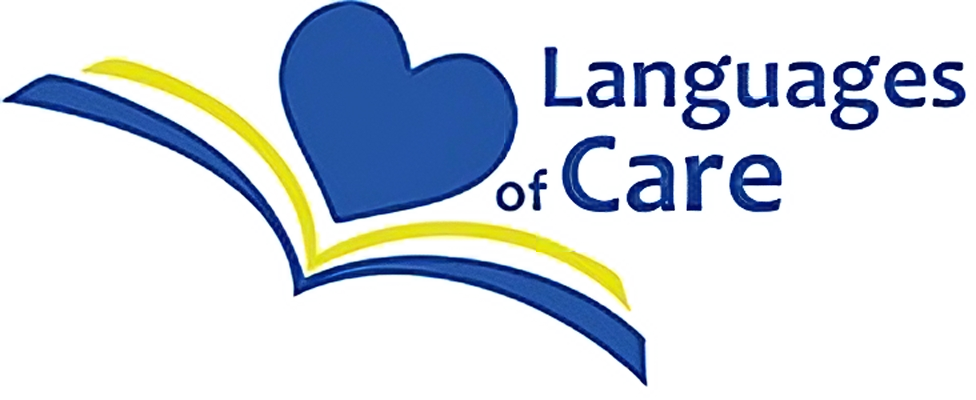Disaster: Helping Children Cope
Events such as an earthquake, hurricane, tornado, fire, flood, or violent acts are frightening to children and adults, however, children will need help from their caregivers during these events. Children may not understand the event, or how to keep themselves safe, and may not even be able to fully express their fears. Disasters can lead to many abrupt changes in the lives of families including the loss of a home, changes in schools, and even harm or death of loved ones and pets. Parents talking about the event with children in words they can understand can decrease their child’s fear and lessen a sense of being overwhelmed. Time viewing the events in the media, such as the internet or television, may cause additional distress. Seeing repeated images of a disaster or hearing it over and over in the media can be frightening, so consider limiting the amount of time you and your children watch media coverage.
Many factors affect childrens’ responses to a disaster including age, what they experienced themselves, what they saw during a disaster and the amount of time the disaster lasted. Children respond to watching their parents’ responses. Children are aware of their parents’ worries most of the time, but they can be even more sensitive during a crisis. Parents can talk to their children about how they are coping with the disaster in order to keep them as safe as possible. Pretending there is no the danger will not end a child’s concerns.
A child’s reaction also depends on how much destruction and/or death he or she sees during and after the disaster. If a friend or family member has been killed or seriously injured, or if the child’s school or home has been severely damaged, there is a greater chance that the child will experience difficulties. Children who were directly exposed to a disaster can become extremely distressed if they see or hear reminders of the disaster.
A child’s age affects how the child will respond to the disaster. For example, six-year-olds may show their worries by refusing to attend school, whereas teens may minimize their concerns, but argue more with parents, show a decline in school performance, and/or have changes in their sleep pattern.
After a disaster, parents may note one of more of these changes in a child’s behavior:
In Preschoolers:
- Distress and fear when separated from their parent
- Return of outgrown behaviors such as bedwetting
- Difficulty falling asleep
- Tantrums
In School-age children:
- Loss of concentration and irritability
- Behavior problems, for example, misbehaving in school or at home in ways that are not usual for the child
- Refusal to return to school and “clinging” behavior, including shadowing the mother or father around the house
- Sleep disturbances such as nightmares, screaming during sleep (such as fears about being permanently separated from parents)
- and Physical complaints (stomachaches, headaches, dizziness) for which a physical cause cannot be found
In Adolescents:
- Withdrawal from family and friends, sadness, listlessness, decreased activity, and preoccupation with the events of the disaster
- Jumpiness or being startled easily
- Continuing fears about the event
Following a disaster, some children and adolescents may develop Posttraumatic Stress Disorder (PTSD), after witnessing, or participating in an overwhelmingly traumatic (frightening) event. Children and adolescents with this disorder have repeated episodes in which they re-experience the traumatic event. Children often relive the trauma through repetitive play. In young children, upsetting dreams of the traumatic event may change into nightmares of monsters, of rescuing others, or of threats to self or others. PTSD rarely appears during the trauma itself. Though the effects can happen soon after the event, the disorder often surfaces several months or even years later. Fortunately, there are therapy treatments that can be very helpful for children and adolescents
Parents who are concerned about their children can ask their pediatrician or family doctor to refer them to a child and adolescent psychiatrist for an evaluation.
For more information:

Original Publication Disaster: Helping Children Cope [en]
Copyright © 2023 by the American Academy of Child and Adolescent Psychiatry.
